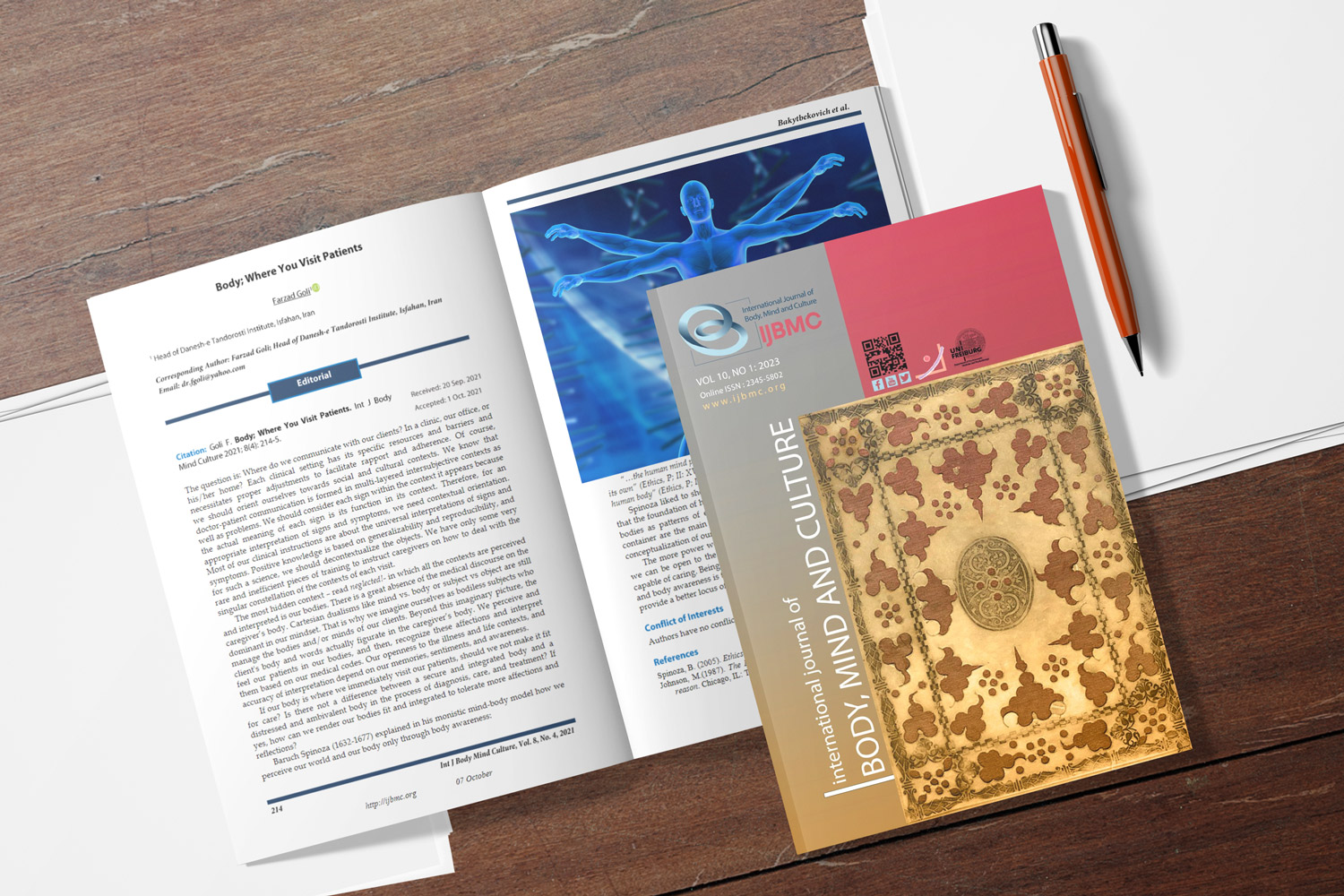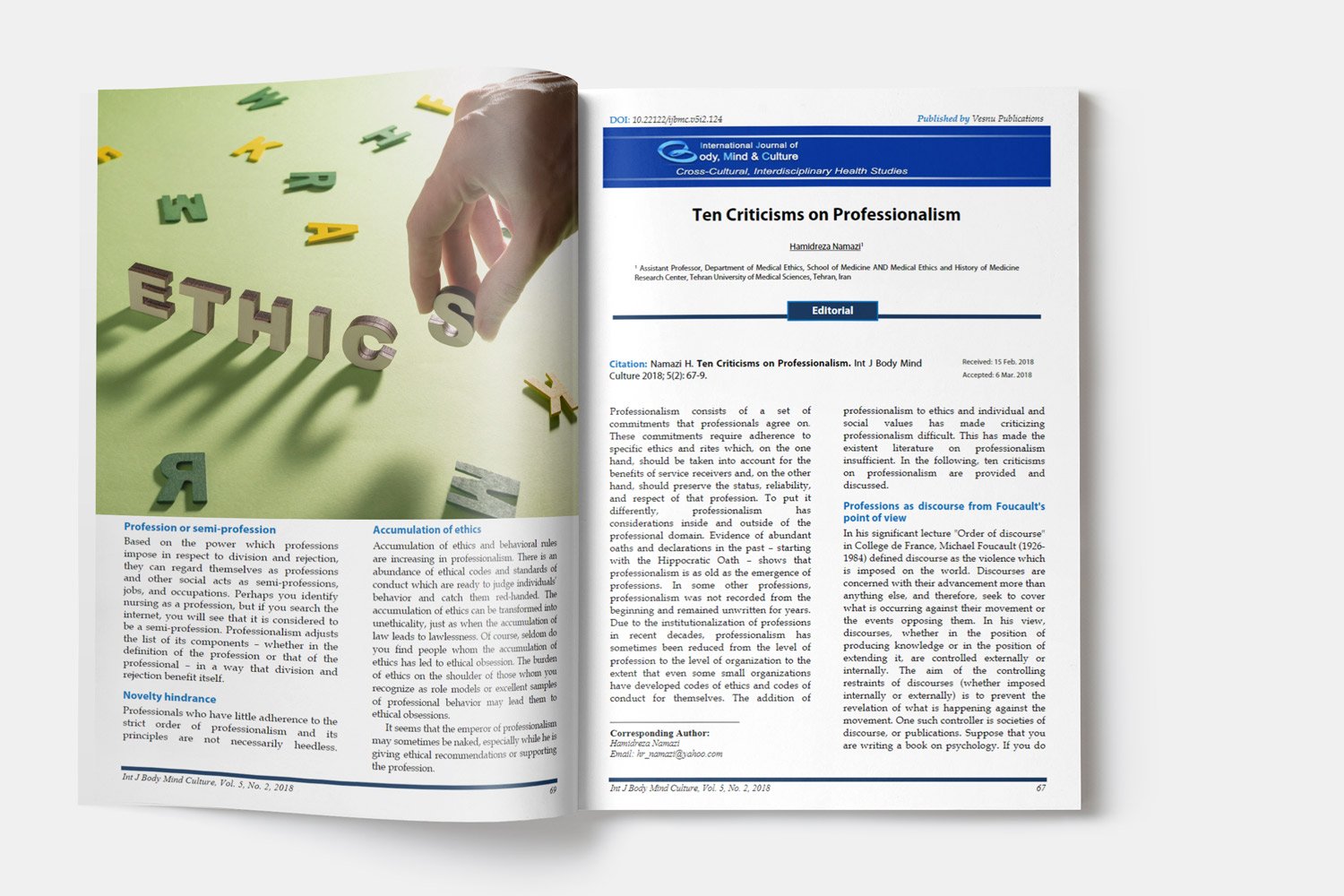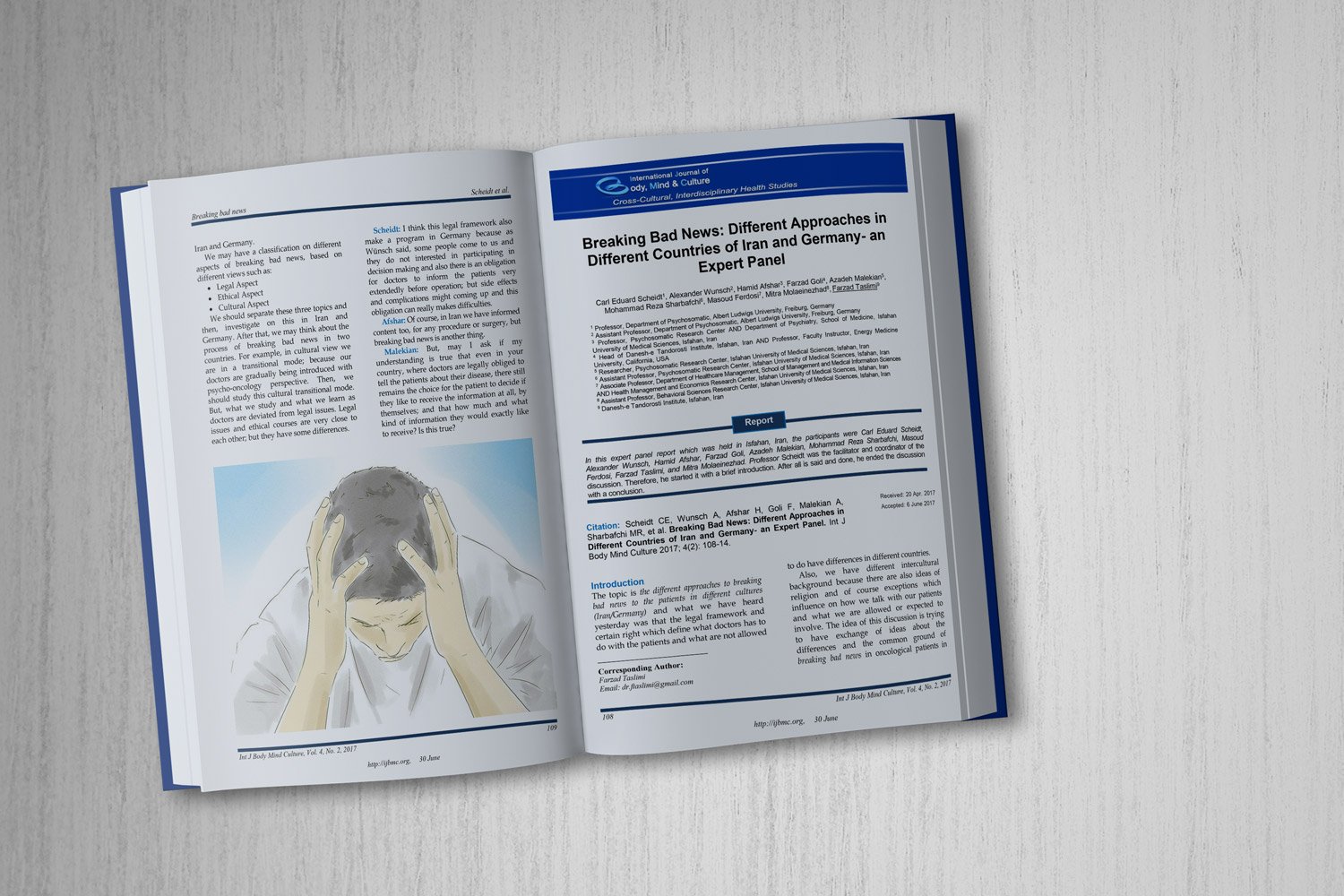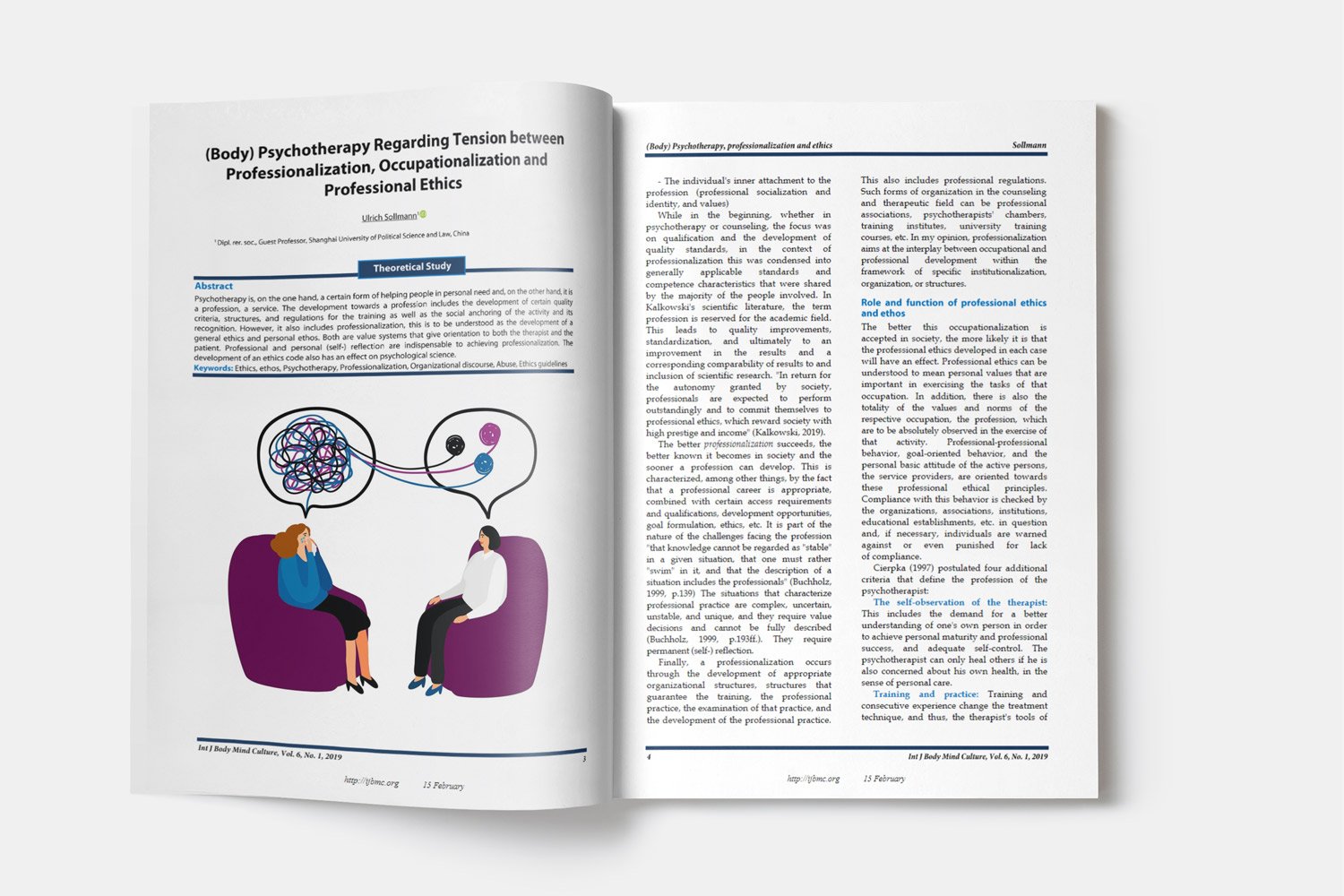Patients’ Satisfaction with Quality of Health Care Services in Primary Health Care Centers in Baghdad, Iraq
Patients’ Satisfaction with quality of health care services
Downloads
Background: Patient satisfaction with primary health care (PHC) represents a key marker for the quality of health care delivery and this internationally accepted factor needs to be studied repeatedly for smooth functioning of the health care systems. This study was conducted to assess patient satisfaction level with quality of health care services provided by PHC centers in Baghdad, Iraq.
Methods: A cross-sectional study was conducted in 67 PHC centers in Al-Rasafa district of Baghdad City from April to July, 2016. The convenience sampling method was used to select the participants. A total of 67 PHC centers were selected from nine health sectors in Al-Rasafa district, out of a total of 120 centers, and interviewed with well-structured close-ended questions. Data analysis involved calculating descriptive statistics such as frequencies, percentages, means, standard deviations (SDs), and ranges. To determine the significance of differences in percentages, we employed the Pearson chi-square test or Fisher’s exact test, as appropriate.
Results: A total of 325 patients participated in the study. The overall satisfaction rate was 70.16%. The highest score of satisfaction for the aspect of services was for physician services (76%), and the lowest score was for the nurse services (55.3%) and the other health care facilities (access, appointment, and building aspects) (53%) .
Conclusion: Overall, the majority of patients expressed satisfaction with services provided by doctors, pharmacies, and laboratories. However, nursing care services received lower satisfaction ratings. The lowest levels of satisfaction were observed in relation to access, appointment, and building aspects. Socio-demographic characteristics did not exhibit a significant association with patient satisfaction. These findings highlight the importance of improving nurses' knowledge, attitudes, and skills, particularly in areas such as patient education and emotional support.
Downloads
Aharony, L., & Strasser, S. (1993). Patient satisfaction: what we know about and what we still need to explore. Med Care Rev., 50(1), 49-79. doi:10.1177/002570879305000104 [doi]. Retrieved from PM:10125117
Akhtari-Zavare, M., Abdullah, M. Y., Syed Hassan, S. T., Said, S. B., & Kamali, M. (2010). Patient Satisfaction: Evaluating Nursing Care for Patients Hospitalized with Cancer in Tehran Teaching Hospitals, Iran. Global Journal of Health Science, 2(1), 117. doi:10.5539/gjhs.v2n1p117 [doi].
Al-Abri, R., & Al-Balushi, A. (2014). Patient satisfaction survey as a tool towards quality improvement. Oman.Med J, 29(1), 3-7. doi:OMJ-D-13-00247 [pii];10.5001/omj.2014.02 [doi]. Retrieved from PM:24501659
Al Hilfi, T. K., Lafta, R., & Burnham, G. (2013). Health services in Iraq. Lancet., 381(9870), 939-948. doi:S0140-6736(13)60320-7 [pii];10.1016/S0140-6736(13)60320-7 [doi]. Retrieved from PM:23499042
Al-Sakkak, M. A., Al-Nowaiser, N. A., Al-Khashan, H. I., Al-Abdrabulnabi, A. A., & Jaber, R. M. (2008). Patient satisfaction with primary health care services in Riyadh. Saudi.Med J, 29(3), 432-436. doi:20070806' [pii]. Retrieved from PM:18327374
Almatrafi, D., Altaweel, N., Abdelfattah, M., Alomari, A., Yaseen, W., Alsulami, M. et al. (2018). Assessment of customer satisfaction with the clinical laboratory services provided in King Abdullah Medical City, Makkah. The Egyptian Journal of Hospital Medicine, 70(11), 2029-2037. doi:10.12816/0044864 [doi].
Arslan Ç., Kelleci M. Bir üniversite hastanesinde yatan hastalarin hemsirelik bakimindan memnuniyet düzeyleri ve iliskili bazi faktörler. Anadolu Hemsirelik Ve Saglik Bilimleri Dergisi. 2011; 14(1): 1-8.
Azhar, A., Rahman, M. M., & Arif, M. T. (2016). Satisfaction on primary health care services in sarawak, malaysia: evidence from a cross-sectional community based study. Malaysian Journal of Public Health Medicine, 16(3), 267-273.
Dawson, J., Doll, H., Fitzpatrick, R., Jenkinson, C., & Carr, A. J. (2010). The routine use of patient reported outcome measures in healthcare settings. BMJ., 340, c186. doi:bmj.c186 [pii];10.1136/bmj.c186 [doi]. Retrieved from PM:20083546
de Silva, D. (2014). Helping measure person-centred care: A review of evidence about commonly used approaches and tools used to help measure person-centred care. London, UK: The Health Foundation.
Epstein, R. M., Franks, P., Fiscella, K., Shields, C. G., Meldrum, S. C., Kravitz, R. L. et al. (2005). Measuring patient-centered communication in patient-physician consultations: theoretical and practical issues. Soc Sci Med, 61(7), 1516-1528. doi:S0277-9536(05)00083-3 [pii];10.1016/j.socscimed.2005.02.001 [doi]. Retrieved from PM:16005784
Epstein, R. M., & Street, R. L. (2011). The values and value of patient-centered care. Ann Fam Med, 9(2), 100-103. doi:9/2/100 [pii];0090100 [pii];10.1370/afm.1239 [doi]. Retrieved from PM:21403134
Farley, H., Enguidanos, E. R., Coletti, C. M., Honigman, L., Mazzeo, A., Pinson, T. B. et al. (2014). Patient satisfaction surveys and quality of care: an information paper. Ann Emerg.Med, 64(4), 351-357. doi:S0196-0644(14)00132-2 [pii];10.1016/j.annemergmed.2014.02.021 [doi]. Retrieved from PM:24656761
Finefrock, D., Patel, S., Zodda, D., Nyirenda, T., Nierenberg, R., Feldman, J. et al. (2018). Patient-centered communication behaviors that correlate with higher patient satisfaction scores. J Patient.Exp., 5(3), 231-235. doi:10.1177_2374373517750414 [pii];10.1177/2374373517750414 [doi]. Retrieved from PM:30214931
Gleeson, H., Calderon, A., Swami, V., Deighton, J., Wolpert, M., & Edbrooke-Childs, J. (2016). Systematic review of approaches to using patient experience data for quality improvement in healthcare settings. BMJ.Open, 6(8), e011907. doi:bmjopen-2016-011907 [pii];10.1136/bmjopen-2016-011907 [doi]. Retrieved from PM:27531733
Friedel, A. L., Siegel, S., Kirstein, C. F., Gerigk, M., Bingel, U., Diehl, A. et al. (2023). measuring patient experience and patient satisfaction-how are we doing it and why does it matter? A comparison of European and U.S. American approaches. Healthcare.(Basel.), 11(6). doi:healthcare11060797 [pii];healthcare-11-00797 [pii];10.3390/healthcare11060797 [doi]. Retrieved from PM:36981454
Goel, S., Sharma, D., Bahuguna, P., & Goel, S. (2014). Predictors of patient satisfaction in three tiers of health care facilities of North India. J Community Med Health Educ, S2, 002. doi:10.13140/RG.2.1.4352.4964 [doi].
Goh, M. L., & Vehviläinen-Julkunen, K. (2016). Hospitalised patients' satisfaction with their nursing care: An integrative review. Singapore Nursing Journal, 43(2), 11-27.
Grogan, S., Conner, M., Norman, P., Willits, D., & Porter, I. (2000). Validation of a questionnaire measuring patient satisfaction with general practitioner services. Qual.Health Care, 9(4), 210-215. doi:10.1136/qhc.9.4.210 [doi]. Retrieved from PM:11101705
Ahmad, I., & Din, S. (2010). Patients Satisfaction from the Health Care Services. Gomal Journal of Medical Sciences, 8(1), 95-97.
Karaca, A., & Durna, Z. (2019). Patient satisfaction with the quality of nursing care. Nurs Open, 6(2), 535-545. doi:NOP2237 [pii];10.1002/nop2.237 [doi]. Retrieved from PM:30918704
Kremers, M. N. T., Zaalberg, T., van den Ende, E. S., van Beneden M., Holleman, F., Nanayakkara, P. W. B. et al. (2019). Patient's perspective on improving the quality of acute medical care: determining patient reported outcomes. BMJ.Open Qual., 8(3), e000736. doi:bmjoq-2019-000736 [pii];10.1136/bmjoq-2019-000736 [doi]. Retrieved from PM:31637327
Lafta, R. K., & Al-Nuaimi, M. A. (2019). War or health: a four-decade armed conflict in Iraq. Med Confl.Surviv., 35(3), 209-226. doi:10.1080/13623699.2019.1670431 [doi]. Retrieved from PM:31597450
Lake, E. T., Sanders, J., Duan, R., Riman, K. A., Schoenauer, K. M., & Chen, Y. (2019). A meta-analysis of the associations between the nurse work environment in hospitals and 4 sets of outcomes. Med Care, 57(5), 353-361. doi:10.1097/MLR.0000000000001109 [doi]. Retrieved from PM:30908381
Mohamed, E. Y., Sami, W., Alotaibi, A., Alfarag, A., Almutairi, A., & Alanzi, F. (2015). Patients' satisfaction with primary health care centers' services, Majmaah, Kingdom of Saudi of Saudi Arabia. Int J Health Sci (Qassim.), 9(2), 163-170. doi:ijhs-9-2-163 [pii]. Retrieved from PM:26309435
Mohanan, K., Kaur, S., Das, K., & Bhalla, A. (2010). Patient satisfaction regarding nursing care at Emergency Outpatient Department in a tertiary care hospital. Journal of Mental Health & Human Behaviour, 15(1), 54-58.
Ozsoy, S. A., Ozgur, G., & Durmaz, A. A. (2007). Patient expectation and satisfaction with nursing care in Turkey: a literature review. Int Nurs Rev., 54(3), 249-255. doi:INR534 [pii];10.1111/j.1466-7657.2006.00534.x [doi]. Retrieved from PM:17685908
Rathert, C., Wyrwich, M. D., & Boren, S. A. (2013). Patient-centered care and outcomes: a systematic review of the literature. Med Care Res Rev., 70(4), 351-379. doi:1077558712465774 [pii];10.1177/1077558712465774 [doi]. Retrieved from PM:23169897
Shinde, M., & Mohite, V. (2014). A study to assess knowledge, attitude and practices of five moments of hand hygiene among nursing staff and students at a tertiary care hospital at Karad. International Journal of Science and Research (IJSR), 3, 311-321.
Shinde, M., & Kapurkar, K. (2014). Patient's satisfaction with nursing care provided in selected areas of tertiary care hospital 1. International Journal of Science and Research (IJSR), 3, 150-161.
Suhonen, R., Papastavrou, E., Efstathiou, G., Tsangari, H., Jarosova, D., Leino-Kilpi, H. et al. (2012). Patient satisfaction as an outcome of individualised nursing care. Scand.J Caring.Sci, 26(2), 372-380. doi:10.1111/j.1471-6712.2011.00943.x [doi]. Retrieved from PM:22070423
World Health Organization. (2015).World health statistics 2015. Geneva, Switzerland: WHo.
Zygiaris, S., Hameed, Z., Ayidh, A. M., & Ur, R. S. (2022). Service quality and customer satisfaction in the post pandemic world: A study of saudi auto care industry. Front.Psychol, 13, 842141. doi:10.3389/fpsyg.2022.842141 [doi]. Retrieved from PM:35360585
Copyright (c) 2023 International Journal of Body, Mind and Culture

This work is licensed under a Creative Commons Attribution-NonCommercial 4.0 International License.















